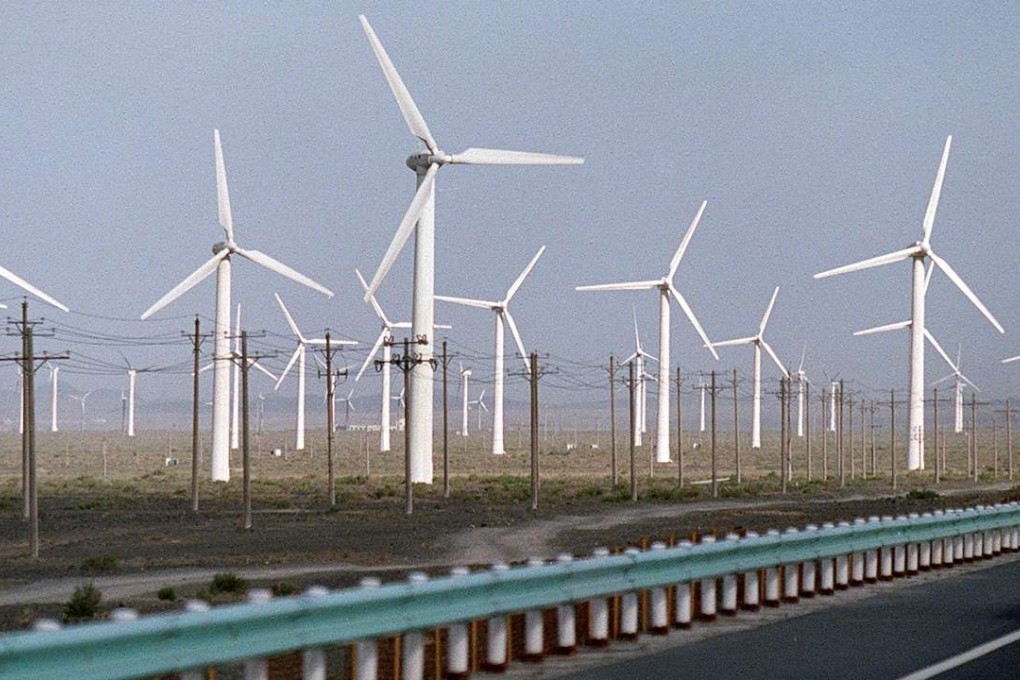Opinion | Wind power propelling China into cleaner energy era
Wind power related firms predicted to see profits soar over the rest of the year, says Bank of China International study

China’s wind energy developers are flying high, according to a new report, as the country continues its efforts to clean up air quality and environmental conditions by investing in alternative sources of power.
The study by Bank of China International (BOCI) is predicting wind power related companies to see profits soar between 25 and 64 per cent in the rest of this year, on the heels of eight newly commissioned ultra-high-voltage (UHV) power lines across the country.
Shares in the sector have picked up 67 per cent in price since February, outperforming the Hang Seng China Enterprises index by 9 per cent.
Those linked to the wind energy sector are also likely to continue benefitting from government targets to increase national non-fossil fuel energy sources to 15 per cent by 2020, BOCI analysts Karl Liu and Justin Xu said in the report.
Non-fossil fuel sources currently account for less than 10 per cent of China’s total energy use.
Given the Chinese government’s commitment to change its energy mix ... we believe wind power will remain the key beneficiary
The country’s National Development and Reform Commission established minimum utilisation hours for wind and solar power across eight provinces and three autonomous regions earlier this year.
